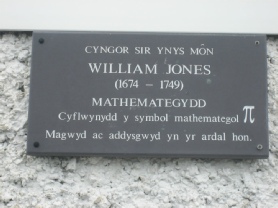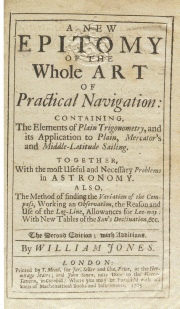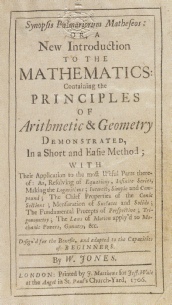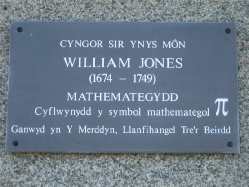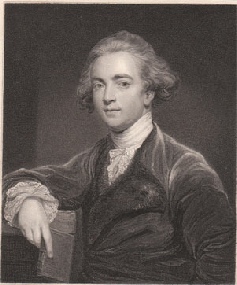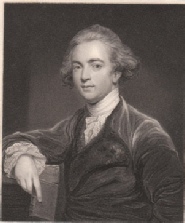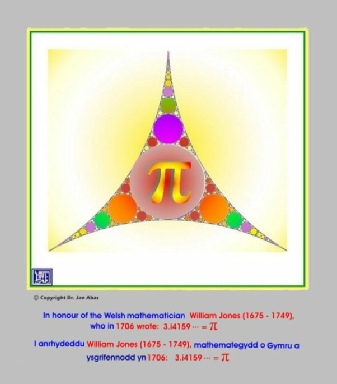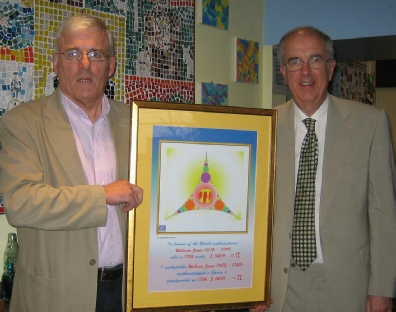
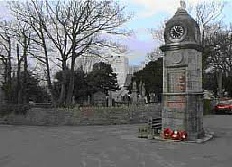
Cymdeithas Hanes Mechell

The Demography of Llanfechell 1851 & 1901
William Bulkeley and the poor of Llanfechell
Llanfechell in the early 19th Century
With thanks to Professor Gareth Roberts
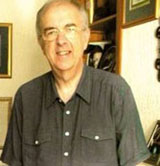
***************************************************
William Jones 1675-
****************************************************
William Jones (WJ) was born in Y Merddyn, not far from the parish church of Llanfihangel Tre’r Beirdd.
While WJ was still a child the family moved to Tyddynbach, Llanbabo. He attended school at Llanfechell where he was ‘spotted’ by Lord Bulkeley who arranged for him to go to London.
***************************************************
In London he was employed by a merchant who sent him to the West Indies and he spent
time as a teacher of navigation aboard a man-
Shortly afterwards, in 1706, WJ published his main work in the form of a summary of contemporary mathematics, Synopsis palmariorum matheseos.
Shortly afterwards, in 1706, WJ published his main work in the form of a summary of contemporary mathematics, Synopsis palmariorum matheseos.
l navigation.
Yn fuan wedyn, yn 1706, cyhoeddodd WJ ei brif lyfr ar ffurf crynodeb o gyflwr mathemateg ei gyfnod, Synopsis palmariorum matheseos.
The symbol π appears for the first time in Synopsis palmariorum matheseos. He chose π, representing the Greek letter ‘p’, as the first letter in the word ‘periphery’. The symbol was popularised by Euler (1707–83) but it wasn’t until 1934 that it was adopted internationally.
π 3.14159 26535 89793 23846 …
Infinite decimal that never repeats itself and is not equal to any fraction.
***************************************************
WJ became friendly with the Earls of Macclesfield and lived at Shirburn Castle, near Oxford, where he acted as tutor for the family. He was given a number of sinecure posts under the crown and developed an unparalleled scientifc library at Shirburn.
He kept contact with Wales, particularly through the Morrises – he was a generation older than the brothers but came from the same area.
***************************************************
WJ married twice. One of the children from his second marriage, born just 3 years before WJ’s death at the age of 74, became Sir William Jones (1746–94), a famous linguist who established links between European and Indian languages and the notion that they both derive from the same root.
***************************************************
WJ became known to Isaac Newton (1642–1727) and was responsible for copying, editing and publishing many of Newton’s manuscripts. In 1711 he was appointed as a member of a committee established by the Royal Society to determine whether Newton or Leibniz (1646–1716) established the calculus.
WJ was also elected Fellow of the Royal Society in 1711 and became its Vice-
***************************************************
WJ died in London in 1749 and was buried in St Paul’s church, Covent Garden. In his will he left his library of some 15,000 works and over 50,000 pages of manuscripts, including several of Newton’s manuscripts, to the 3rd Earl of Macclesfield. Many of the library’s books were sold in 2005. Some mystique remains regarding WJ’s personal papers, as the Macclesfield family has steadfastly refused to release them, even now.
Auction of Earl of Macclesfield's Library, Shirburn Castle , 2005
William Jones (1675–1749)
A new epitomy of the whole art of practical navigation
Sold for -
Synopsis palmariorum matheseos
Sold for -
***************************************************
A Celebration of the work of William Jones
At the end of his address to the History Society on 9th July 2009 , Professor Gareth Roberts presented a work of art by the late Jan Abas to the Society. This work has been created in honour of the Welsh mathematician who had contributed significantly to the development of mathematical ideas and concepts.
The original work by Jon Abas to honour William Jones
Councillor Tom Jones accepting a copy of Jan Abas' work from Professor Gareth Roberts on behalf of the History Society
We wish to express our gratitude for Jon Abas' work to acknowledge the contribution of Welshmen to the development of mathematics, and we also wish to thank the family of Jan Abas for the privilege of using his work on our website.
***************************************************
Click on images to see larger versions
